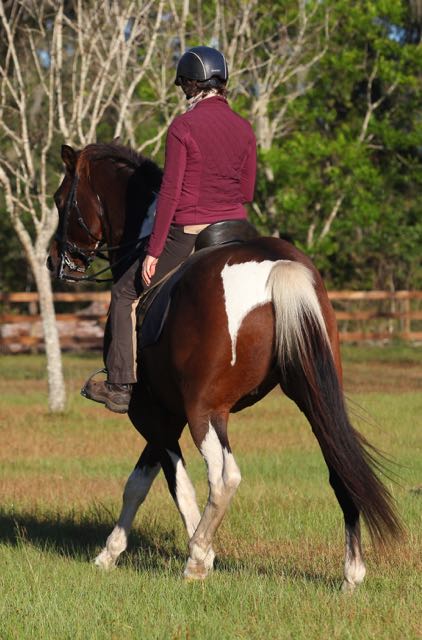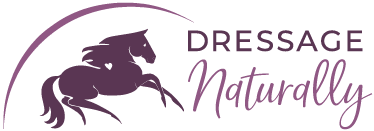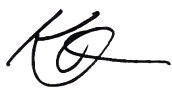"Inside leg!", "Outside rein!", "Shorten your reins!" Ahh ... the sounds of a typical riding lesson!
I learned long ago that riding involves more than applying pressures in certain areas of the horse's body. Especially if you have done a thorough job desensitizing your horse to random motion and pressures that don't have an intention. I have heard professionals often report that a sensitive horse is also likely 'spooky'... and 'reliable, bomb-proof' horses are usually dull. But what a shame that is... Does this necessarily have to be true? Of course there are the extreme insensitive types and the extreme sensitive types... the ones who happen to be low energy AND confident... or high energy AND fearful... But it doesn't theoretically have to be the case.
The key is in excellent balance of sensitization and desensitization.... And what makes that balance? The wise use of your intention. It is possible to develop a horse so he is desensitized to stirrups flapping at his side, to a branch that grazes his side on the trail, and yet be very sensitive... responsive... to your aids. How on earth can he know the difference? Our intention!
If we don't use intention we are going to work harder than we need to... Or we are going to have to have horses that react to everything and that can sure come back to bite you in the butt (or maybe make us land on it!). Intention has such a profound effect on our balance. Even just picturing the change we want to make in our horses will create changes in our own posture and therefore our balance... And since this is mostly what we use to communicate with our horses (our legs and hands are just secondary aids) It makes sense that we should be riding, teaching and learning through understanding, intentions, and images instead of mechanics.
So i do my best to not teach using a recipe of aids... If a student just puts an aid on, without knowing what ought to happen when that aid goes on, we risk that we are actually practicing desensitization... Which often makes the instructor yell the command even louder... and we know how that cartoon goes.
If the teacher and the student have discussed the idea and the intention/goal is understood, then of course a shorthand reminder can work: 'inside leg'.... As in: "remember that thing we talked about... That when he falls in on the shoulder, that will be a good time to ask your horse's inside hind leg to come under and carry his shoulder, so make sure you capture that energy and not let it leak out". It sure is easier to just say "inside leg" than that whole sentence...
So students: When you are in a lesson and your instructor teaches by stating the aids you should use, and if you aren't 100% sure of what the result should be.... I tempt you to ask them to explain exactly the result you want to see from that aid. For example if a horse is falling in and the instructor says "inside leg" the student may mistakenly think he wants the haunches to go out, or the horse to be more active or maybe to make the circle bigger... or, or, or....
Students: Make sure you understand the intention!
Ask your instructor to explain... Then you can use the 'shorthand'!
And teachers: I tempt you to be more descriptive!
Practice describing what you see and what you would like to see differently! Empower your students to be responsible to scan their bodies and be clear! If you tell them you want them to ride their horse with a straighter neck, tell them this! I believe it will be much more effective than just saying: "Outside rein". Especially since we know that that over-bent neck can be a result of many many things... and maybe when you say: "watch that over-bent neck" it will remind them to balance their weight in the saddle better, instead of just adding one more aid. I think it is more effective and will leave a more lasting, learning opportunity for the student if I am descriptive.
I say this because I have to constantly remind myself when I teach to do this. Often when I teach I am riding the horse through the student and I just narrate what I may be doing, but when I apply the aid I also have the intention! Sometimes the instructor's intention is so strong the horse actually picks up on it and helps the student in that moment, but often the student walks away feeling a bit like it was magic, and has trouble recreating the result when the instructor is not around. I want to teach in a way that the student makes more progress even without me! ... Maybe even especially without me: That is the ultimate measure of an excellent teacher!
When a horse and rider really are balanced together it feels more and more like channeling the energy between our hands and legs.... but really it is our inner core that is correct in this moment and visualization is so powerful to get to the core. For sure if a rider has an arm that is out flying in the breeze it is OK to suggest that they put that arm somewhere more productive, but that is a positional directive, not an active aid...
Remember there is a purpose to every aid and perhaps if a student has not ever felt the response the instructor is helping them find, they will have to simply believe them for a little while. This is where analogy works.
I get help from a couple people right now and I am so lucky that they both help me in very illustrative ways. One is a trainer who describes to me what he wants to see... "Lower his neck", " watch the haunches coming in", etc. He allows me freedom to communicate that request to my horse in whatever way I can that my horse understands... So when he says: "lower neck" I immediately go into 'find the sweet spot mode' and scan and search for something in the horse's or my body that will allow the top-line to relax even just the one inch needed. He even will now say: "do that thing you do to find the good rhythm"! And if I am missing something in my body he will remind me: "He is leaning over his right leg, try keeping your right leg close" for example.
My other helper describes what she sees... She tells me what I cannot see in the horse, and what my body is doing that I may not be aware of. Then we can problem solve. She is a peer so she is more like a mirror than a trainer, but we make so much progress helping each other in this way. Because really that is what everything comes down to: having a picture and making sure we are doing everything we can to embody, confirm, and allow that picture to happen.
Anyway, this was just a quick ramble on the subject... I think it is worth thinking about! And I hope it helps!
More on this subject:
If you liked this blog, you'll love another related blog called: Why Are You Doing That Exercise? If you want to go deeper into what it really means to have Intention, how to do it, and how it's different than focus or attention, check out a blog called: Focus vs. Intention.



